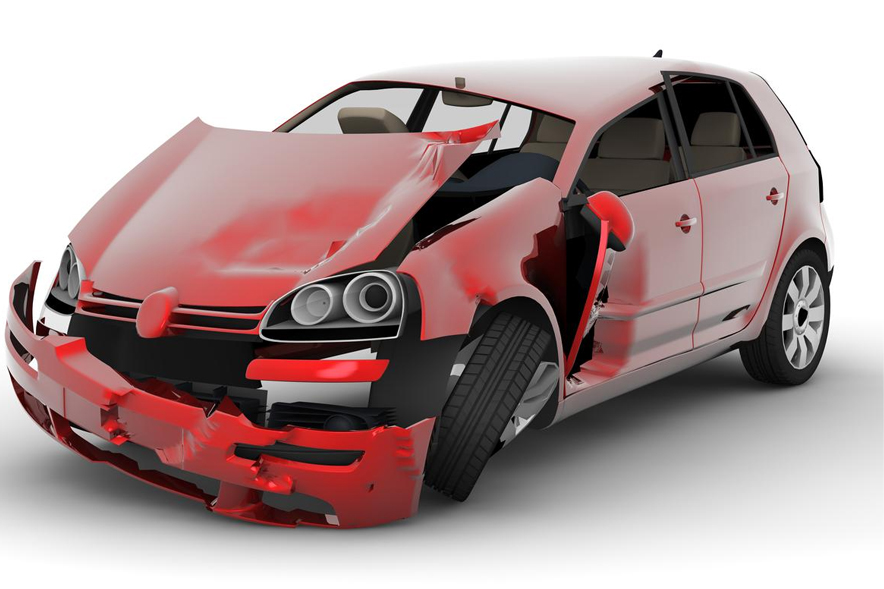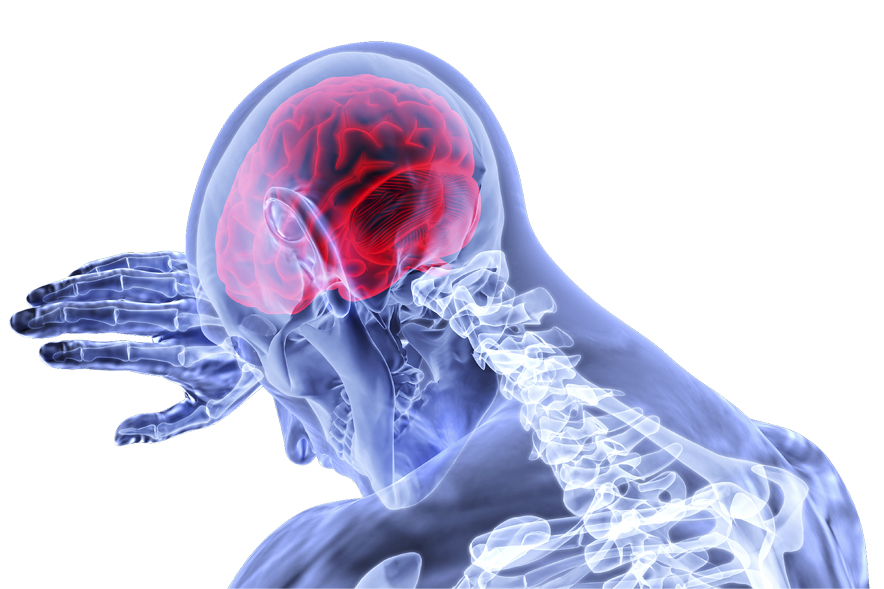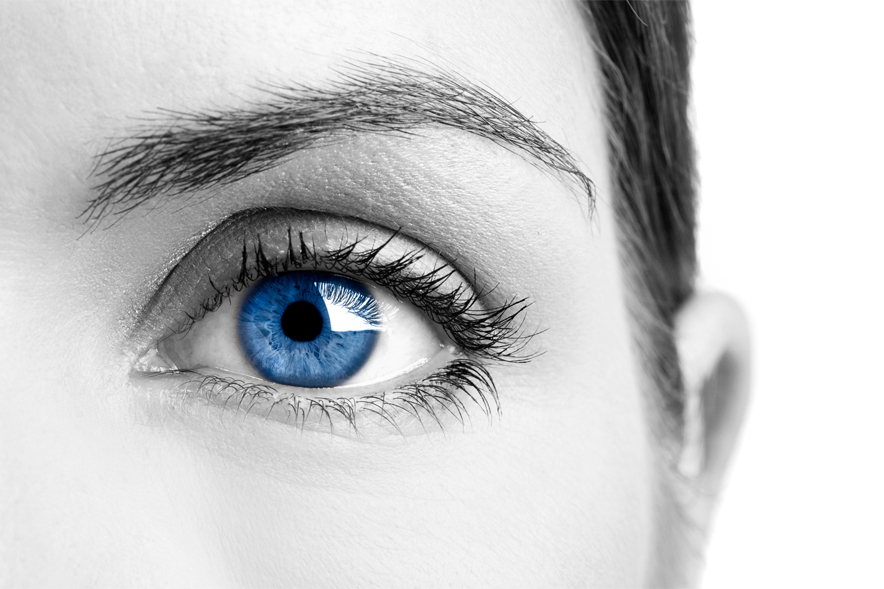What is Tribology?
According to the Society of Tribologists and Lubrication Engineers (STLE), Tribology is “the study of surfaces moving relative to one another” [1].
It is an interdisciplinary field that includes areas such as mechanical engineering; materials science and engineering; chemistry; chemical engineering and more [1]. According to the STLE, there are three major topics within tribology: friction, wear, and lubrication [1].
The coefficient of friction is a dimensionless number used to indicate the slip resistance between two surfaces, for example a shoe heel and a walkway surface [2]. The coefficient of friction is the ratio of the normal or perpendicular force between two surfaces and the lateral force required to move one object over the other object with an applied lateral force which is perpendicular to the normal force [2]. In simple terms, the force of static friction is the force between two surfaces that prevents the two surfaces from moving against each other, while a kinetic frictional force can be thought of as a sliding friction. The force of kinetic friction opposes the sliding [2].
Being able to estimate or measure the frictional force between two surfaces is particularly important for Accident Reconstruction as it relates to premise liability slip and fall claims. Friction can be measured using a tribometer, which is a tool that measures the lateral force (friction) and normal force (load) as one body moves relative to another [3]. There are many options for tribometers that exist on the commercial market, and the Accident Reconstructionist must be careful in which tribometer they select. When assessing walkway slipperiness, research has shown that different tribometers will yield different values for the same surface, and only four of 11 tribometers passed the authors validation criteria [4]. Therefore, care must be taken in the interpretation of tribometer measurements when determining the safety of walkway surfaces [4].
Nonetheless, when used appropriately, a tribometer can provide important and helpful information to an Accident Reconstructionist when investigating a slip and fall accident. The value from the tribometer can be compared to reference values to determine how “slippery” the surface is, which can then be used by the Accident Reconstructionist to determine the most likely cause of the fall, given all the available evidence.
Why LISKE?
When an incident results in a bodily injury, the parties that own and maintain the premises where it occurred may be held responsible to the injured party for damages. LISKE Injury Biomechanics experts will apply their understanding of anatomy, human kinetics, and physics to any premise liability claim including slips, trips, falls and missteps, workplace accidents and assault to determine injury causation.
[1] https://www.stle.org/files/What_is_tribology/Tribology.aspx
[2] Chapter 2: Walkway Hazards. Slips, Trips, Missteps and their Consequences. 2nd Edition.
[3] https://www.stle.org/files/What_is_tribology/Tribology_Friction.aspx
[4] Powers CM, Blanchette MG, Brault JR, Flynn J, Siegmund GP. Validation of walkway tribometers: establishing a reference standard. J Forensic Sci. 2010 Mar 1;55(2):366-70. doi: 10.1111/j.1556-4029.2009.01283.x. Epub 2010 Jan 25. PMID: 20102473.



